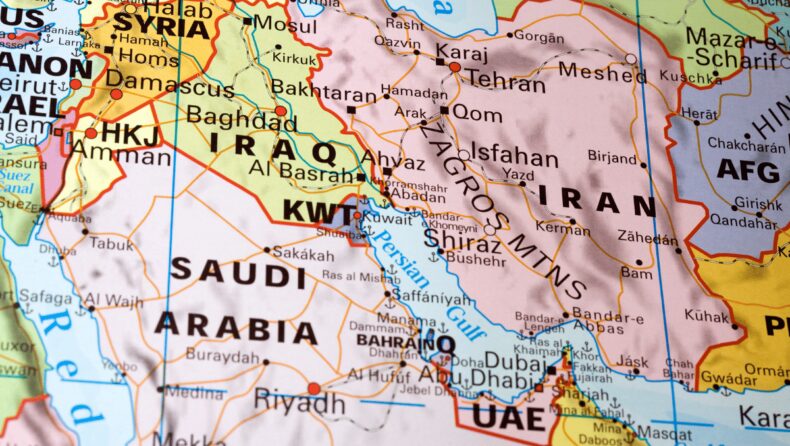
Image Source: Reuters
On Thursday, the foreign ministers of Iran and Saudi Arabia, who are regional rivals in the Middle East, held a meeting in Beijing facilitated by China. This unexpected move paves the way for normalized relations between the two countries, which had been severed seven years ago after Iranian protesters attacked Saudi diplomatic missions.
Last month, Tehran and Riyadh announced an agreement to restore their relations. This unexpected reconciliation between the world’s largest oil exporter, Saudi Arabia, with its mainly Sunni Muslim population, and Iran, a Shiite-majority country at odds with Western governments over its nuclear program, has the potential to reshape the dynamics of a region that has been marked by instability for decades.
According to a statement from Iran’s foreign ministry, Foreign Minister Hossein Amir-Abdollahian and his Saudi counterpart Prince Faisal bin Farhan met in Beijing to discuss the resumption of bilateral relations, including steps towards reopening embassies and consulates. Saudi state TV channel Al Ekhbariya also reported on the meeting, stating that the ministers discussed implementing the agreement and shared footage of the two ministers shaking hands and smiling in front of their respective flags.
China’s state broadcaster CCTV hailed the meeting as “the first official meeting between the foreign ministers of the two countries in more than seven years” and praised Beijing’s “active mediation” in facilitating the diplomatic talks.
In March, during phone conversations, the ministers pledged to meet during the Muslim holy month of Ramadan, which will end in late April. Saudi officials have stated that the ministerial meeting is the next step in the process of restoring relations, while Iran’s recent statement has emphasized the “constructive path” in the relationship between the two countries.
The agreement reached last month includes plans for reopening embassies and missions within two months, as well as implementing security and economic cooperation deals that were signed over two decades ago. The severing of relations between Saudi Arabia and Iran took place in January 2016, following an attack by Iranian protesters on Saudi diplomatic missions in Tehran and Mashhad, in response to the execution of the Saudi opposition Shiite cleric Nimr al-Nimr.
It is expected that talks between the foreign ministers will be followed by a visit to Riyadh by Iranian President Ebrahim Raisi
BIG BLOW TO AMERICA

Image Source: WSJ
Iran and Saudi Arabia are known for backing opposing sides in several conflict zones throughout the region. For example, in Yemen, the Huthi rebels are supported by Tehran while Riyadh leads a military coalition backing the government. The two countries also compete for influence in Syria, Lebanon, and Iraq.
While Washington, Riyadh’s traditional ally, has welcomed the recent agreement, it remains cautious about whether Iran will hold up their end of the deal. China’s role in bringing the two countries together has challenged the United States’ long-standing position as the primary outside power broker in the Middle East.
According to Joel Rubin, a former US Deputy Assistant Secretary of State for Legislative Affairs, China’s involvement could increase confidence that the agreement will hold. As China is a strong supporter of Iran, Saudi Arabia may have more trust in Iran’s ability to comply with the terms of the agreement, an issue that has previously been a concern
GROWING TIES

Image Source: Times of Israel
Iran and Saudi Arabia engaged in multiple rounds of dialogue in both Baghdad and Oman before ultimately reaching the agreement in Beijing. Ali Shamkhani, the head of Iran’s Supreme National Security Council who negotiated the deal, expressed his belief that clearing up misunderstandings and looking toward the future in Tehran-Riyadh relations will contribute to regional stability and security.













